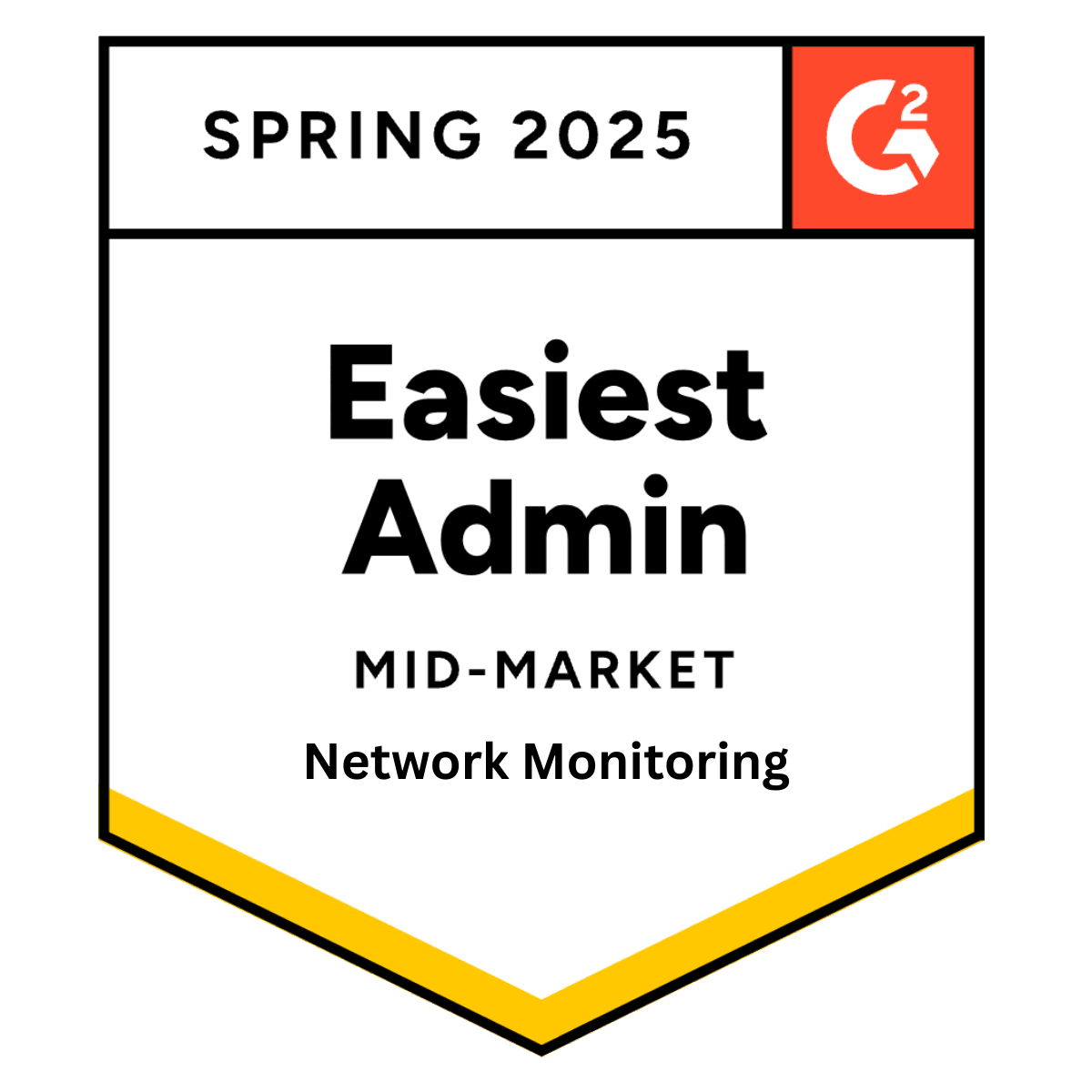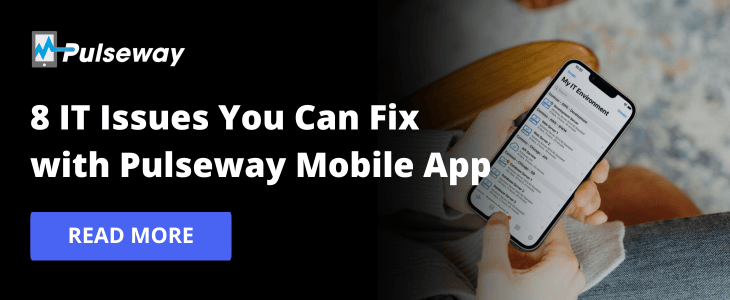
What is RMM (remote monitoring and management)?
Monday 17 December, 2018

Remote monitoring and management (RMM) was born out of a `need' and not a want. These needs were a consequence of many factors. The inherent desire to do more with less, the ever-growing complexities of network infrastructure, and the impact of downtime on businesses made way for a new era of RMM software.
Whether you are an MSP owner or the head of the IT department — know your RMM well. Good knowledge of the right RMM tools can take your IT operations to new heights. With that thought, let's begin RMM 101.
What is RMM
“RMM is remote, proactive monitoring and management of the overall IT infrastructure”
RMM offers analytics on all activity happening on each workstation, computer, and network. The real-time insights help businesses identify and resolve issues in a jiffy - right from pretty much anywhere.
An RMM solution is deployed with the help of an agent. It's a tiny software footprint that's patched to all the endpoints of the IT infrastructure. Agents feed information relating to computer and network health. In the event an agent detects a problem, a ticket (alert) is created and sent to the IT team for prompt action.
By using powerful RMM software, IT teams are able to manage more problems and more stakeholders with ease. In best case scenarios, issues are dealt with even before they can cause any sort of damage to the network.
It's no wonder there's an emerging wave of RMM users. But, to truly understand the full power of RMM software, we have to go back to its origin.
The genesis of RMM

The 1970s - The pilot program. Kaiser Foundation International teamed up with Lockheed Missiles and Space Company to run a pilot program that would send patient information to medical facilities miles away from the actual site. The aim was to provide healthcare in areas which lacked proper medical facilities.
The 1980s - PCs launched. Small businesses took advantage of computers and integrated it with their daily operations.
The 1990s - Challenges of the new break-fix model. When things went wrong, folks would call IT technicians to physically inspect and provide status on network health. Unfortunately, it still failed to give real-time status on network health. Moreover, the complexity of this model made it exclusive to large companies with large networks.
The 2000s - Born, officially. The introduction of RMM software allowed smaller businesses to use managed services, which previously only the Fortune 500 companies had access to. MSPs could offer a wide range of services to small and midsize businesses, Thus, giving birth to MSPs as we know it.
The 2010s - RMM, the next generation. The world of RMM expanded with the launch of cloud technology. Today, sysadmins enjoy a wide range of customization options with the cloud, on-premise, and hybrid structures. Add-on services like business continuity disaster recovery (BCDR) and third-party integrations have also seen a spike in demand.
Why RMM
The responsibility of managing a complex IT infrastructure is overwhelming. It's difficult to deliver without a powerful RMM in place. The following table gives clarity on how RMM can make your life easier.
| RMM | No RMM | |
|---|---|---|
| Proactive capabilities reduce downtime greatly | Downtime | Downtime will be longer due to a reactive approach |
| Automate repetitive IT tasks, leaving more time to focus on core duties | Productivity | Manually working on repetitive tasks leaves very little room to focus on core tasks |
| RMM offers add-on services like antivirus and BCDR solutions to protect and recover data | Security | Data lost is lost, period! |
| Cut down travel costs, faster customer service, and a unified dashboard to do it all | Cost savings | Onsite for every little issue. Plus, the overhead of managing multiple vendors |
Effortless IT management with Pulseway

A robust RMM platform that empowers you to identify and address issues in real-time, from anywhere, using the device closest to you.
“Pulseway allowed us to be a step ahead of issues within our IT environment to minimize downtime and provide a high-quality service where we are already resolving the issue before someone contacts us ”
– Bas Zijlstra, CEO, Deskk
Choose an RMM that works for you
It's easy to get carried away with glittering reviews, but no RMM solution works the same for every business. A one-size-fits-all approach does not work since each business has its own unique set of problems and needs.
Some want an RMM solution that doesn't come with a hefty initial set up cost, some want a minimal learning curve for a smooth onboarding, while others prefer more customization options.
Determine your requirements before zeroing down on an RMM solution. The bottom line is - sloppy RMM is worse than no RMM.
Share this post
Related Posts
Join the Ranks of Satisfied Customers and Experience the Pulseway Difference Today.








